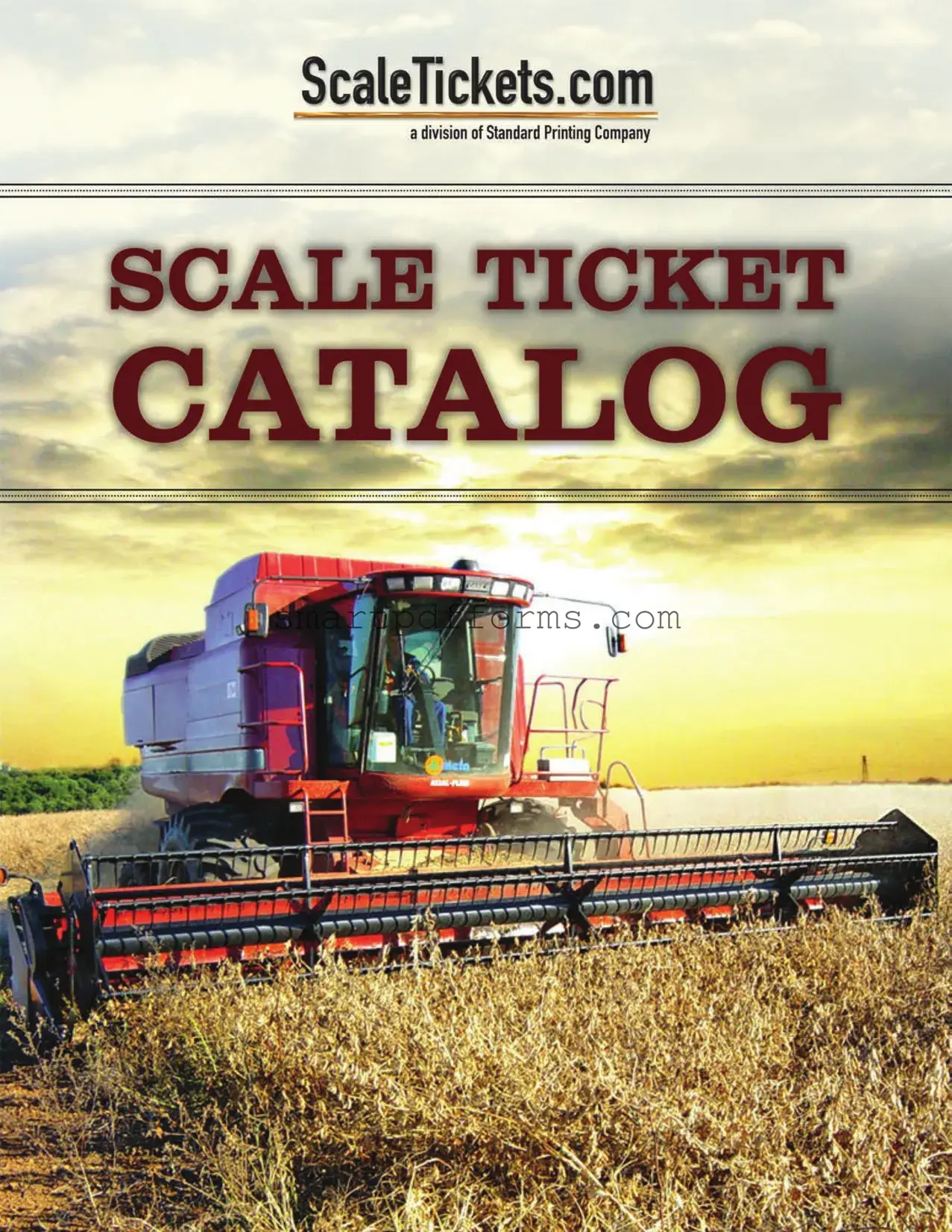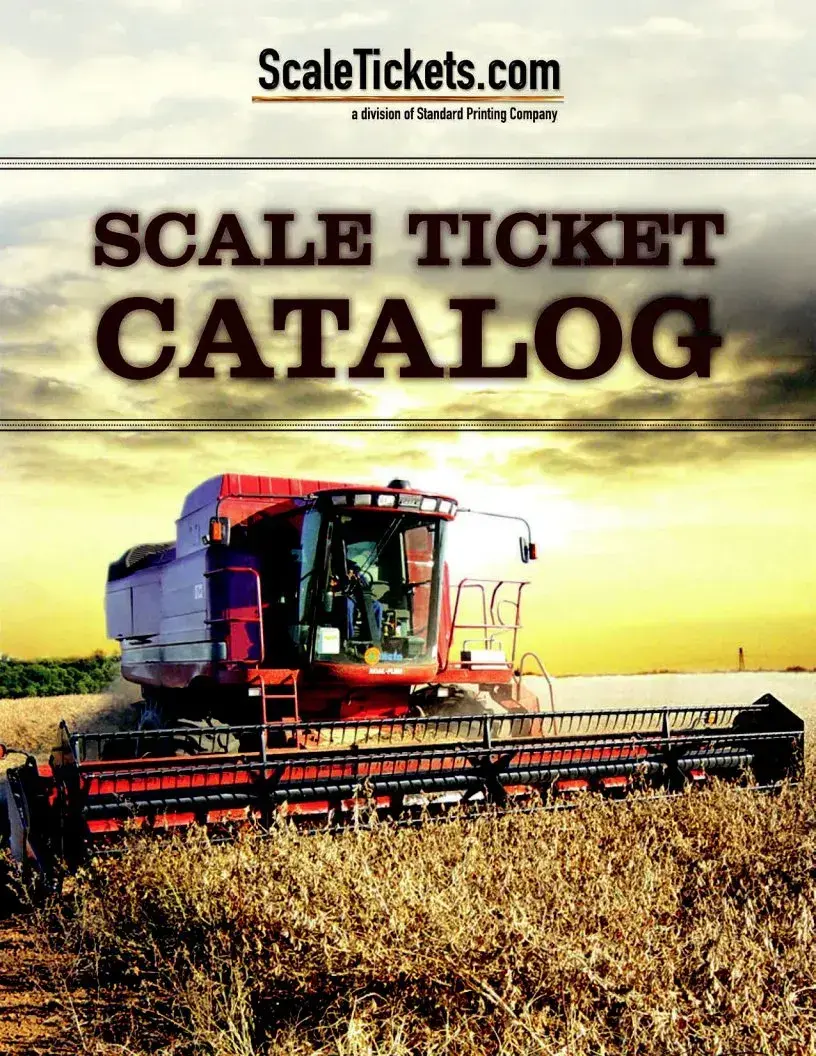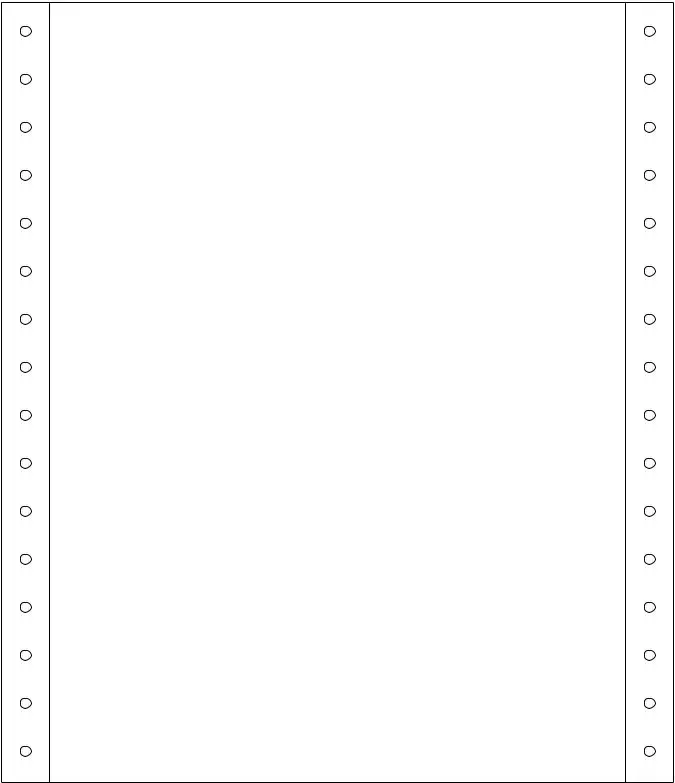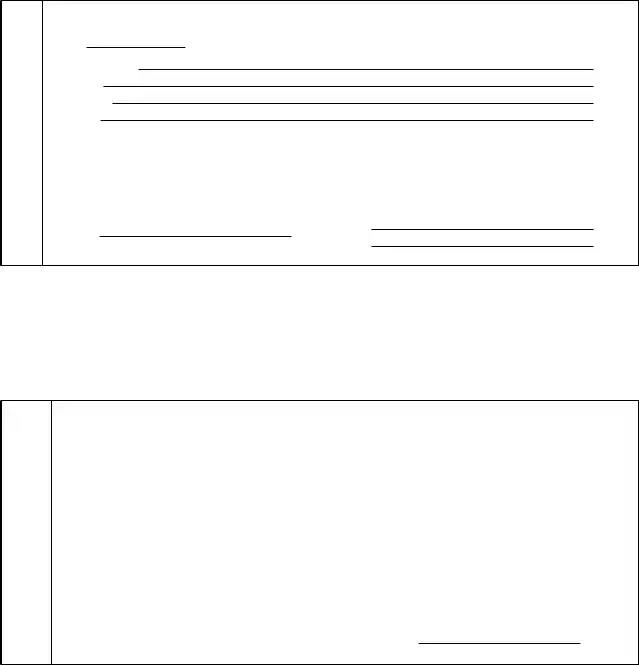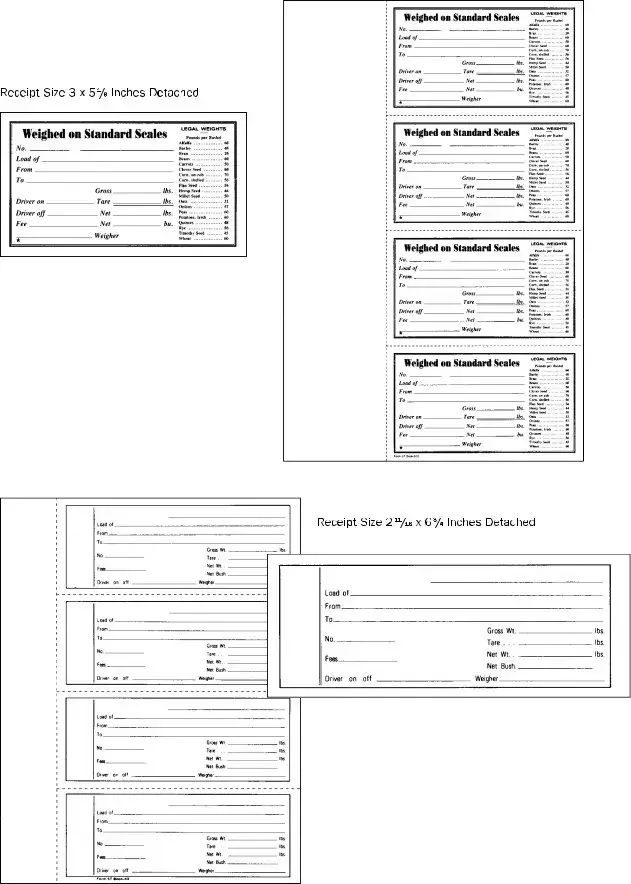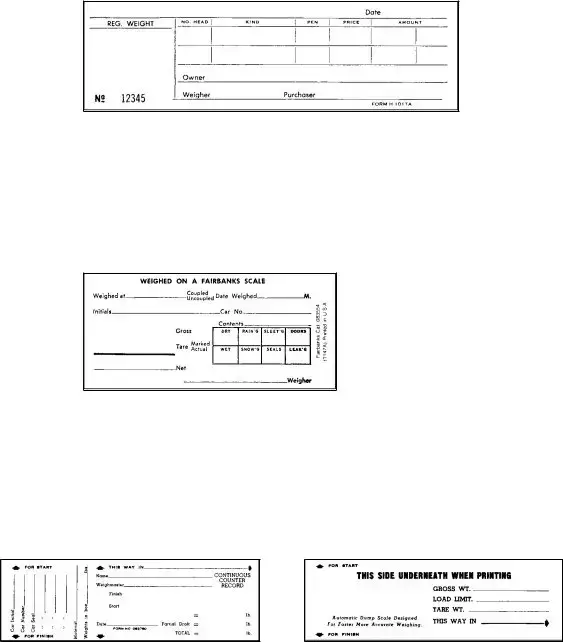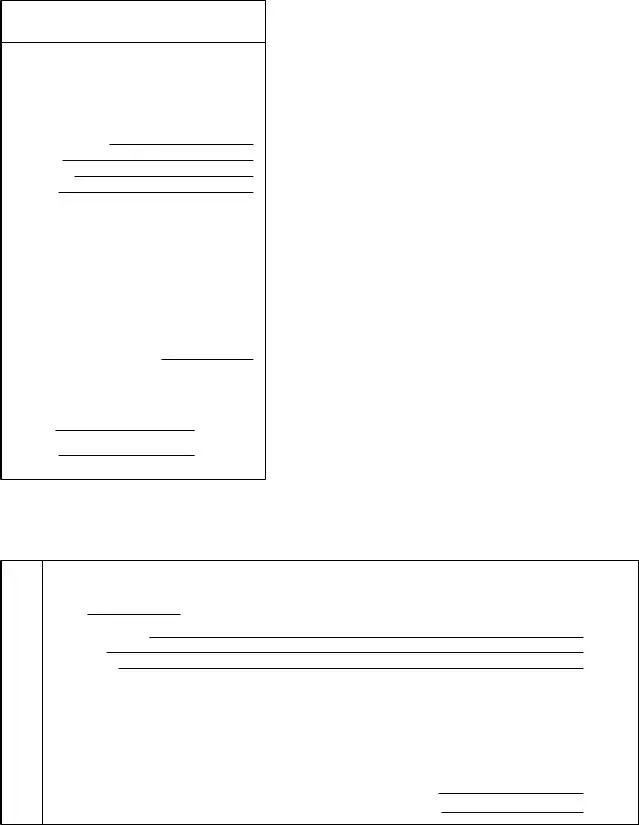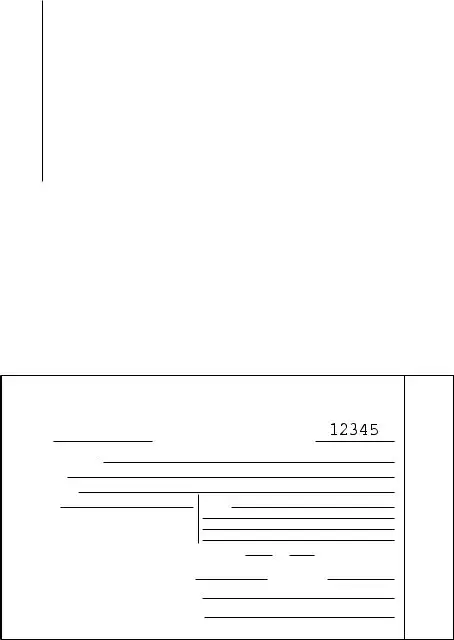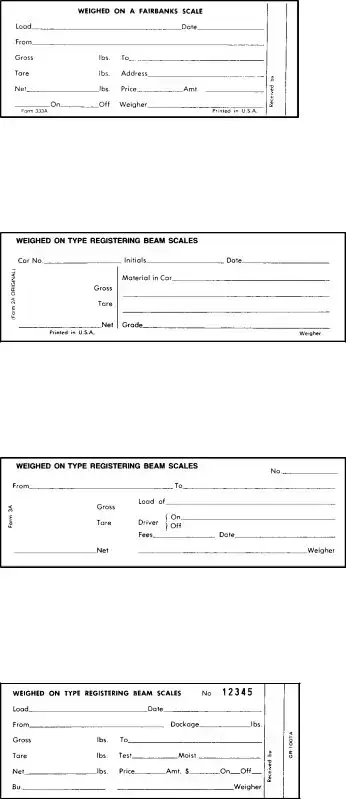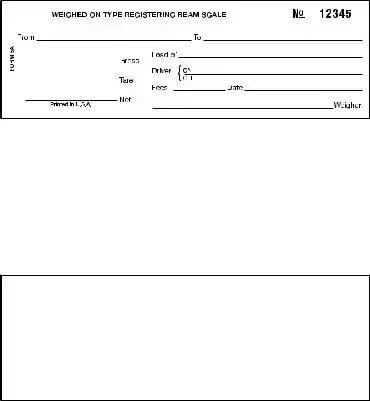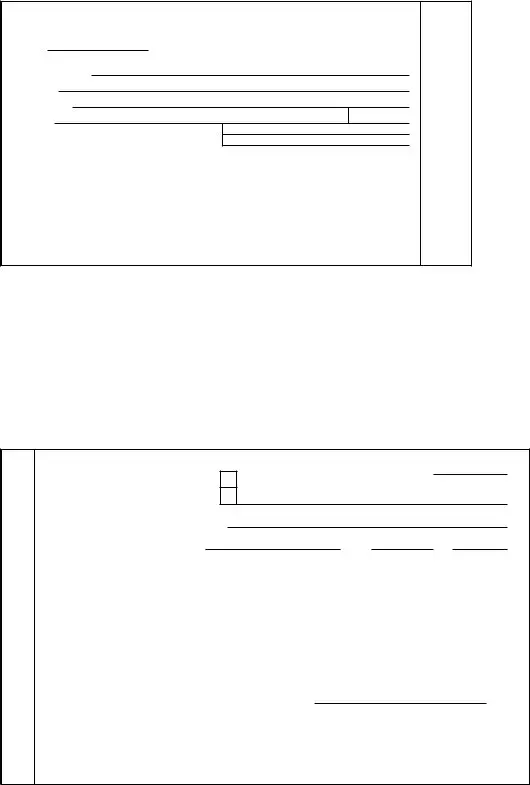In the world of commercial transactions and logistical operations, the Scale Ticket form stands out as a pivotal document, meticulously engineered to ensure precision and accountability. This form, often utilized in environments where commodities are weighed, such as agriculture, manufacturing, and shipping, serves as an authentic record of transactional weights. Available in a variety of configurations, including the dimensions of 9 1/2(W) x 11(D) inches, and smaller sizes tailored to specific requirements, the Scale Ticket form caters to diverse industry needs. These forms are constructed from high-quality, continuous pin-feed stock forms, ensuring durability and ease of use in high-volume settings. With options ranging from 1-part to 4-part carbonless tickets, businesses can select the appropriate format that best suits their operational workflows and record-keeping practices. More importantly, these forms come equipped with marginal perforations for easy separation and are designed to work seamlessly with Fairbanks scales, indicating their compatibility with standard weighing equipment. For those requiring a more tailored approach, custom printing options are available, allowing for the inclusion of company logos, specific transaction details, and unique identifiers, enhancing the traceability and professionalism of each transaction. Furthermore, the Scale Ticket form is available in booklet forms and specialized versions for sectors such as livestock and railroads, demonstrating its versatility and adaptability across different industries. Whether for basic weight recording or complex logistical documentation, the Scale Ticket form represents an indispensable tool in the accurate and efficient management of weight-based transactions.
